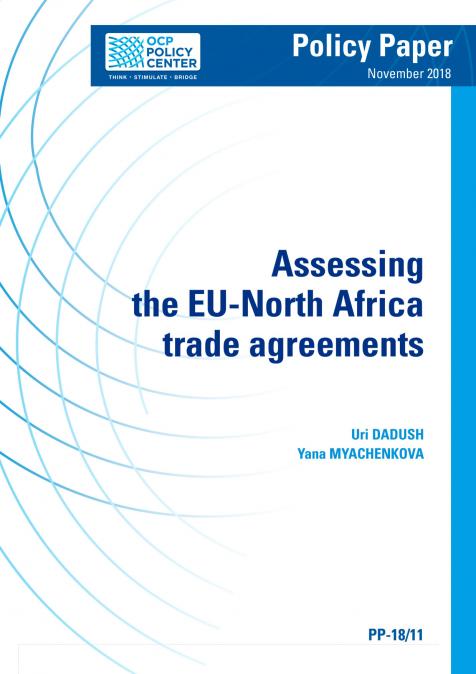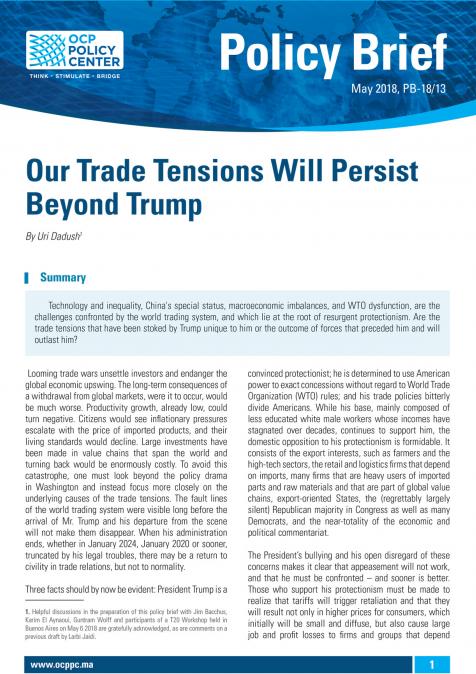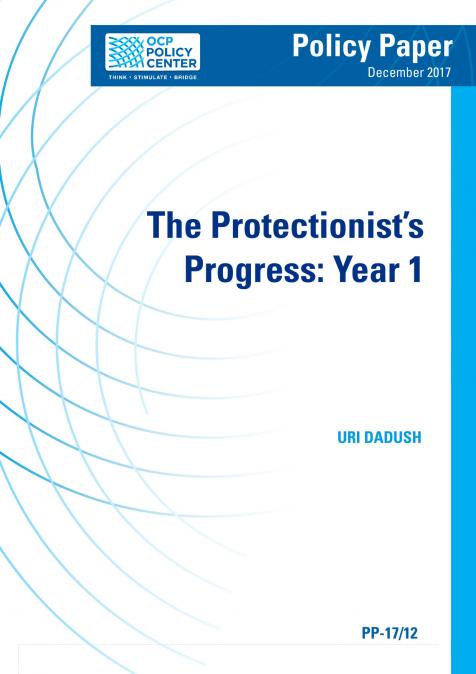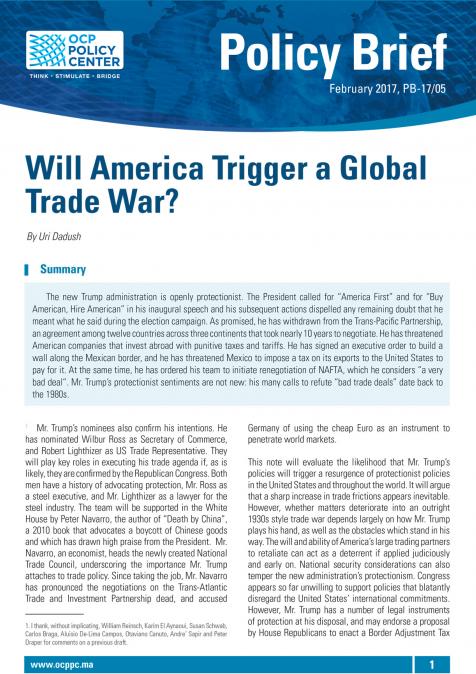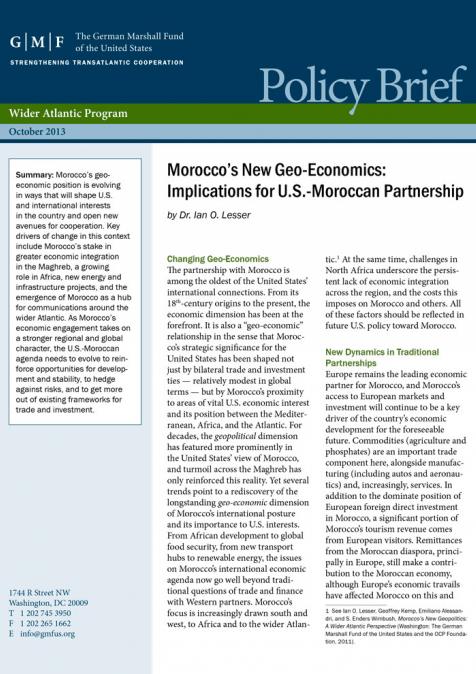Publications /
Opinion
This article was originally published on Center for Macroeconomics and development's website
Friday night, US President Donald Trump announced by Twitter that he would suspend the implementation of tariffs on Mexican imports, which would start with 5% on Monday, June 10, to reach 25% in October. A signed agreement between the two countries, also confirmed by Twitter by Mexico’s foreign minister Marcelo Ebrard, would have included Mexican government’s commitments to take “strong measures” to “reduce – or eliminate – illegal immigration to the United States,” in Trump’s words.
The obvious immediate reaction on the Mexican side is one of relief. The business relationship is uneven (Gertz, 2019). 80% of the country’s exports go to its northern neighbor, whose economy is more than 16 times higher. US investment in Mexico is 6 times higher than in the reverse direction. The shock over the Mexican economy would immediately lead to the worsening of a precarious macroeconomic situation that year.
But there are also reasons for relief on the American business side, given the degree of productive and commercial integration between the two countries (Fleming, 2019). Only China comes above Mexico as a source of US imports.
Take, for example, the automotive industry in which parts and components cross the border multiple times until the finalization of the product, and where the impact of tariffs on costs would be substantial. The price effect on the basket of domestic consumer goods imported from Mexico would also be significant. As imports from Mexico are not easily substitutable with domestic production, the result would be spikes in production costs and in the tax burden on households ultimately tariff payers.
However, there are at least four reasons why Friday’s relief through tweets cannot be taken as definitive. First, it is yet to be seen how the commitment of the Mexican government can be fulfilled (O’Neill, 2019). It will be subject to subjectivity in the evaluation by President Trump, even with his chief of staff referring to a “significant and substantial” decrease in the number of migrants arriving at the southern border of the country. The Mexican government has deported more than 50,000 people this year, but more families continue to arrive. Mexico has already announced that it will send 6,000 more troops to the border with Guatemala, but the US government also wants to send more people seeking asylum as refugees to the neighbor to the south until their cases are evaluated.
Second, the mere threat of imposing penalty rates on what Trump called a Mexican lack of effort to curb illegal immigration into the US through its territory can be interpreted as a move beyond the rules of trade policy authorized by Congress to the Executive, even more than in the previous cases (Alden, 2019). Steel and aluminum tariffs, as well as the restrictive review of foreign investment and the blocking of commercial operations with Chinese telecommunication company Huawei had national security reasons as justification. This has also been alluded to as a motivation for possible additional tariffs on cars and their parts.
In turn, ties of immigration to trade in this latest case regarding Mexico have led some to suggest a reaction from Congress to what might be considered an “abuse” relative to the legal authority granted to the executive branch (Collins and Shesgreen, 2019).The White House alluded to “economic emergencies” and such justification had already generated resistance from Congress when a budget to “build the wall” was proposed. Friday’s tweets have reduced the risk of such a confrontation for now, but President Trump’s taste for tariffs – and allegedly “increased local manufacturing and agricultural jobs” – may lead him to stretch the use of rules in other directions. It is symptomatic that on May 31 the end of India’s long-standing trade preferences was announced, as well as the intention to apply tariffs more sharply on whichever countries be classified as exchange rate manipulators.
Third, despite the tweets, the degree of uncertainty about the future of US trade measures, already high because of the recent track record and, especially, the worsening of the trade war with China, rose with the episode with Mexico. Such uncertainty has already affected locational investment decisions, with caution and delay predominating over the option to internalize production in the US as a kind of insurance, despite its costs. It is for no other reason that the OECD, World Bank and IMF last month came with even more strident warnings than before about the negative impact of trade tensions on global economic performance. Members of the Federal Reserve, in turn, have also alluded to lowering interest rates as a possible reaction to trade shocks (Boesler and Condon, 2019).
Lastly, it should be noted the additional step taken in this episode toward deepening the distance from the multilateral rules regime, which, even with failures and shortcomings, was fundamental to the expansion and inclusion of countries in global trade in the past decades (Goldberg, 2019). Instead of “rule of (multilateral) law”, the US’s bilateral handling of its super-strong market condition (24 percent of global GDP) more closely resembles a “law of the jungle” where the stronger imposes with force its will on the weaker. In such a context, trust in negotiations is lessened, as is the willingness to seek integration by minors.
In my December note on the subject, I laid out reasons why one might find then a potential convergence of interests between China and Trump toward reaching an agreement, subsequently to that dinner at the end of the G20 meeting in Buenos Aires (Canuto, 2018). After all, it looked to me that China would be able to deliver a substantial agenda both in terms of ramping up purchases of goods from the US and reinforcing intellectual property protection, while Mr. Trump would be able to declare victory in his bilateral approach. Instead, now one has the old blame game for the failure of recent negotiations, with China citing increasing demands by the US and the latter urging that Chinese concessions have to be shaped into legal changes, amenable to external monitoring, even if this could be seen as capitulation.
There has even been a mention of a “cultural gap” between delegations, with economists on the Chinese side facing US lawyers who do not “understand” that administrative rules in China prevail over legally binding ones (Xin, 2019)! What I really think is that the taste for bilateral confrontation of forces and for trade protectionism seems far from exhausted. The episode of trade and immigration with Mexico can end up being just that … one episode of many.

